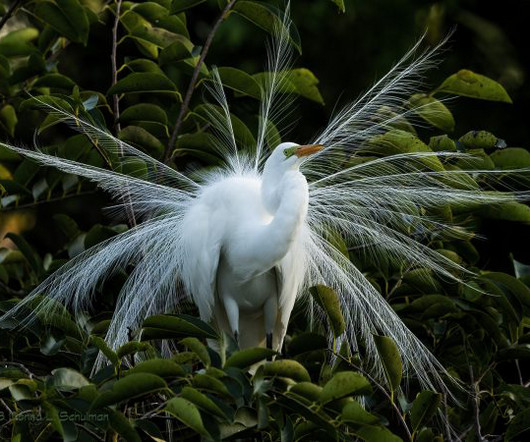The Ubiquitous European Starling: The Bird We Love to Hate
10,000 Birds
JUNE 6, 2012
He allegedly proposed to introduce every species of bird mentioned in the plays of William Shakespeare to the United States. Needless to say, human activities have been most instrumental in the decline of cavity nesting species in the United States.

















Let's personalize your content